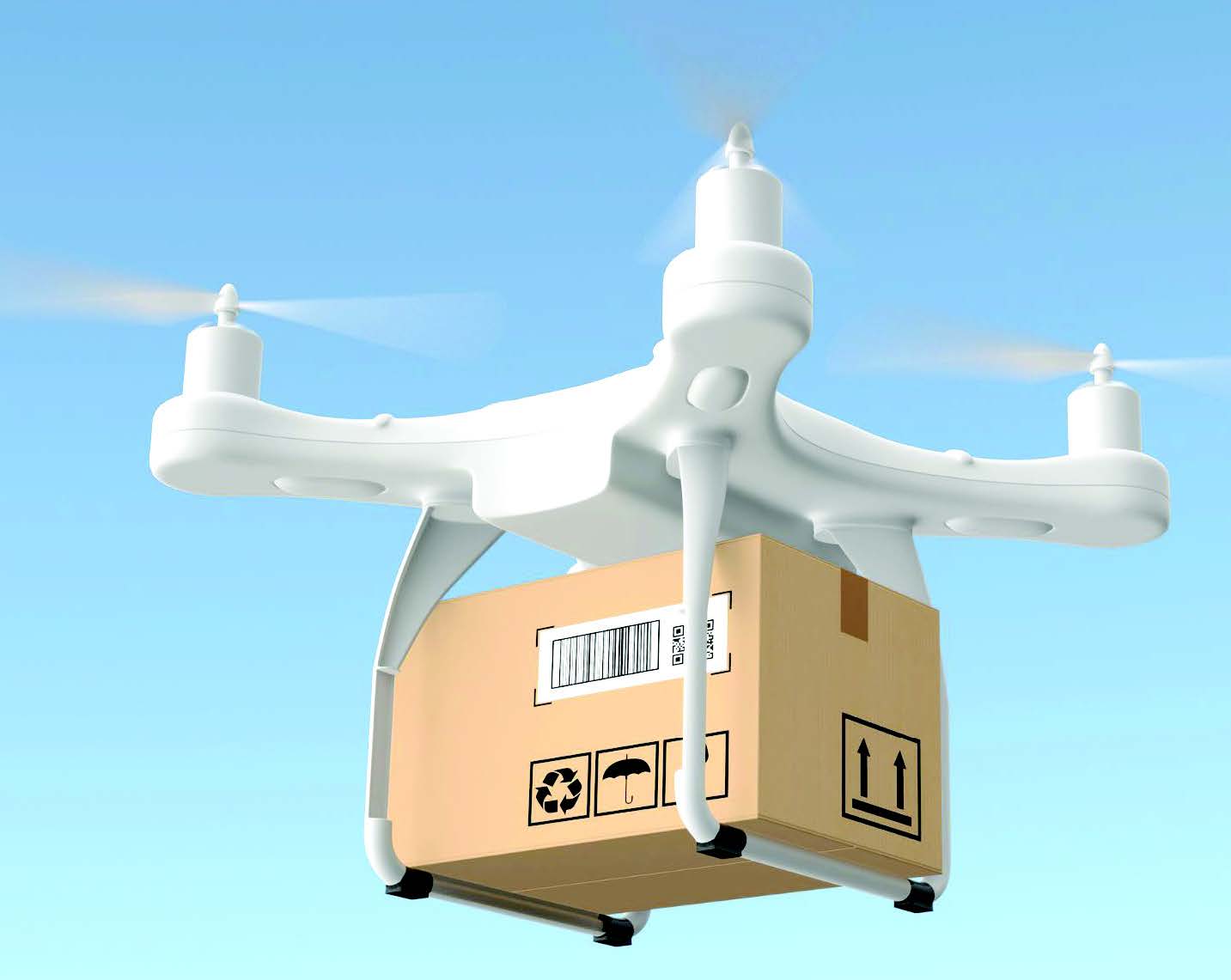Picture this: a delivery drone quietly hums past your window, carrying your online purchase with zero emissions. Meanwhile, an electric cargo bike weaves through traffic below, making multiple stops without adding to the city’s smog. This isn’t science fiction—it’s the rapidly evolving reality of last-mile delivery, and it’s reshaping how goods reach our doorsteps.
The last-mile delivery segment—that crucial final stretch from distribution centers to your front door—has traditionally been the most challenging piece of the logistics puzzle. But today, a perfect storm of technological innovation and environmental consciousness is revolutionizing this space, offering particularly exciting opportunities for countries like the Philippines.

The growing pains of getting packages to your door
Anyone who’s waited all day for a delivery knows the frustration, but the challenges run much deeper than inconvenience. Last-mile delivery accounts for a staggering 53% of total logistics costs worldwide, making it the most expensive part of the entire shipping process. Those familiar delivery trucks and vans crisscrossing our cities? They’re major contributors to urban air pollution and traffic congestion.
In densely packed cities, delivery vehicles often crawl through traffic, burning fuel while idling and pumping out emissions. The result is a vicious cycle: more online shopping leads to more delivery vehicles, which creates more congestion, which makes deliveries less efficient and more polluting. It’s a problem that hits particularly close to home in places like Metro Manila, where traffic jams are legendary and air quality is a growing concern.
The game-changing technologies reshaping delivery
Fortunately, innovators around the world are tackling these challenges head-on with some truly impressive solutions:
Electric revolution on wheels and wings – The shift toward electric delivery vehicles is gaining serious momentum. Companies like DHL aren’t just testing the waters—they’re diving in deep, aiming to power 70% of their fleet with alternative fuels or electricity by 2025. Electric cargo bikes are already zipping through European cities, while delivery drones are moving beyond pilot programs to real-world applications for smaller packages.
What’s particularly exciting is how autonomous delivery robots are entering the mix. These small, sidewalk-cruising bots can handle lightweight deliveries without any human driver, potentially slashing both labor costs and emissions for routine deliveries.

Smart routing that actually works – Artificial intelligence is proving to be a game-changer for delivery efficiency. Instead of following static routes, AI systems now adapt in real-time to traffic conditions, weather changes, and shifting delivery schedules. UPS’s ORION system is a perfect example—it has already saved millions of gallons of fuel by continuously optimizing routes across their global network.
Bringing warehouses closer to you – The concept of micro-hubs is brilliantly simple: instead of making long trips from distant warehouses, set up smaller distribution points throughout the city. This allows companies to use low-emission vehicles for the final stretch while consolidating deliveries more efficiently. Think of it as bringing the warehouse to your neighborhood rather than bringing your neighborhood’s packages from across the city.
Smarter packaging for a smarter world – Innovation isn’t just about vehicles—it’s also about what goes inside them. Companies are developing biodegradable packaging materials and right-sizing algorithms that eliminate unnecessary box space and filler materials. Less packaging waste means fewer trips and a smaller environmental footprint.
The numbers tell an exciting story
The momentum behind sustainable delivery isn’t just feel-good environmentalism—it’s big business. The autonomous delivery market alone is projected to reach $84.9 billion by 2030, reflecting massive investor confidence in these technologies. Between 2019 and 2023, over 1,000 patents were filed in last-mile delivery technologies, showing just how much innovation is happening in this space.
Startups worldwide are racing to develop solutions that deliver both environmental and economic benefits, creating a competitive landscape that’s driving rapid advancement.
What this means for the Philippines
For Filipino cities grappling with some of the world’s worst traffic congestion, these innovations offer a promising path forward. Metro Manila’s notorious traffic jams and air quality challenges make it an ideal candidate for sustainable delivery solutions.
Electric cargo bikes could navigate through traffic more efficiently than traditional delivery trucks, while AI-powered route optimization could help drivers avoid the worst congestion. Micro-hub networks could reduce the need for long-distance delivery trips across the metro area, easing both traffic and pollution.
The infrastructure improvements needed—such as dedicated lanes for cargo e-bikes and charging stations for electric vehicles—could also benefit the broader urban mobility ecosystem. Government incentives for clean delivery vehicles, combined with partnerships between established logistics companies and innovative startups, could accelerate the adoption of these technologies.
Public awareness campaigns highlighting eco-friendly delivery options could help create consumer demand for greener logistics services, creating a market-driven push for sustainability.
The road ahead
The convergence of technology and environmental responsibility in last-mile delivery represents more than just an industry trend—it’s a glimpse into how we can make our cities more livable. For the Philippines, embracing these innovations offers a chance to leapfrog some of the environmental challenges that have plagued other rapidly developing economies.
The path toward sustainable last-mile delivery isn’t just about cleaner air and less traffic (though those are certainly welcome benefits). It’s about creating more efficient, cost-effective logistics networks that can support economic growth while preserving urban quality of life.
As we look toward the future, the question isn’t whether these innovations will transform delivery logistics—it’s how quickly we can adapt them to our local contexts and start reaping the benefits. The technology is here, the business case is compelling, and the environmental imperative is clear. The journey toward greener, smarter delivery is already underway.





